Bicycle reflectors
Small companions for strong signals
Filter products
Front reflector - 313/5U
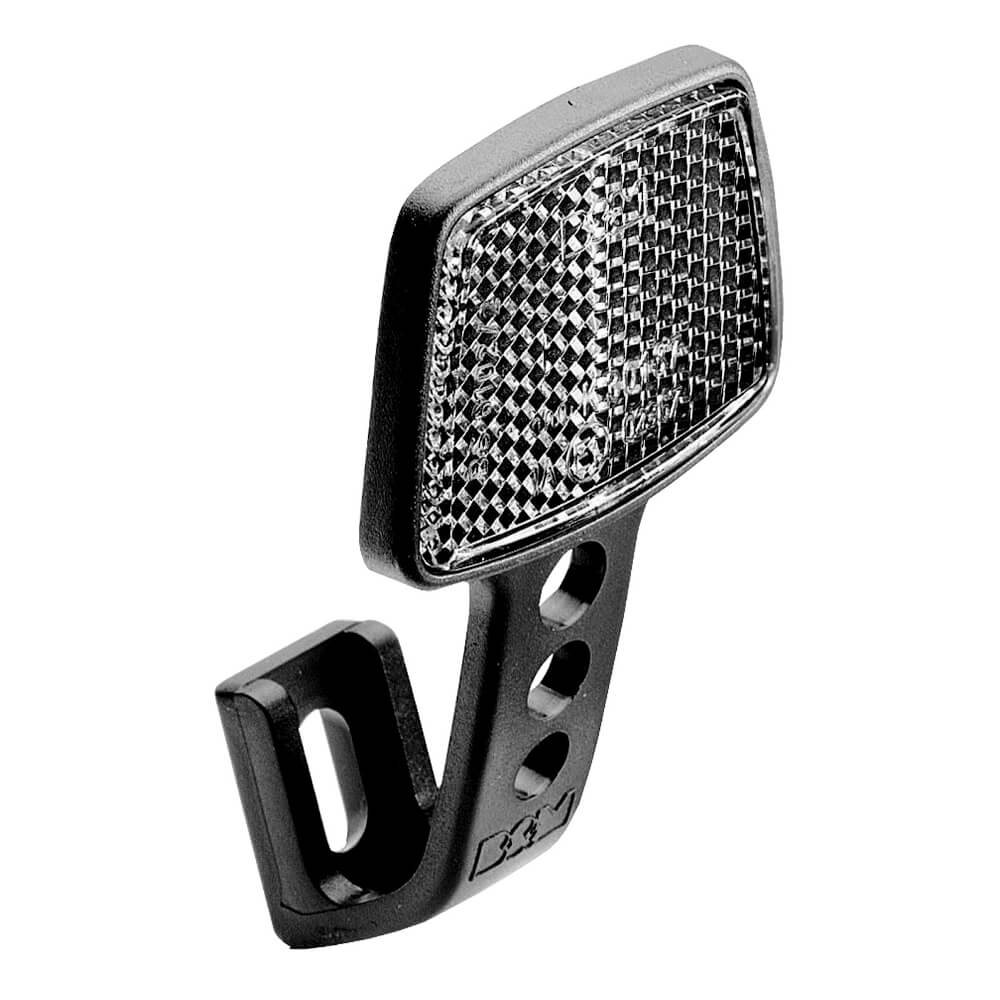
Front reflector- 306GSPB2
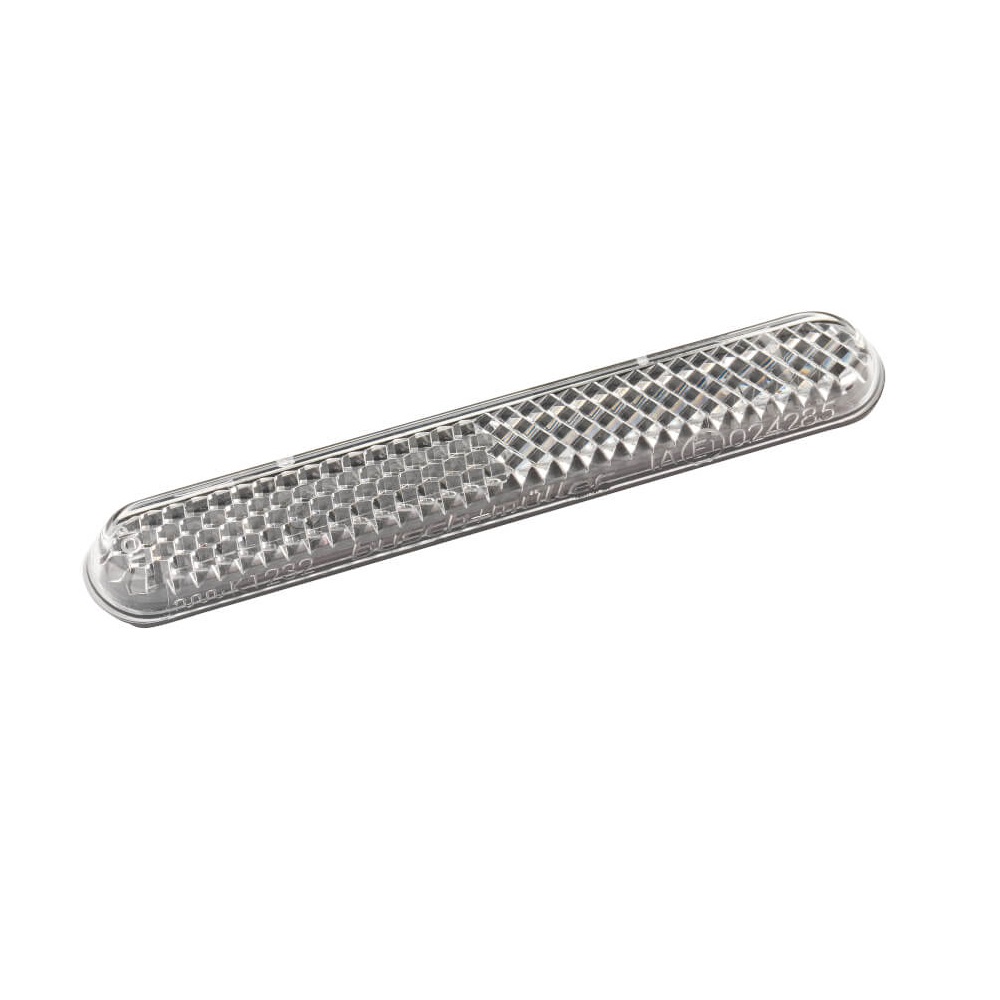
Front reflector- 306KEB-1
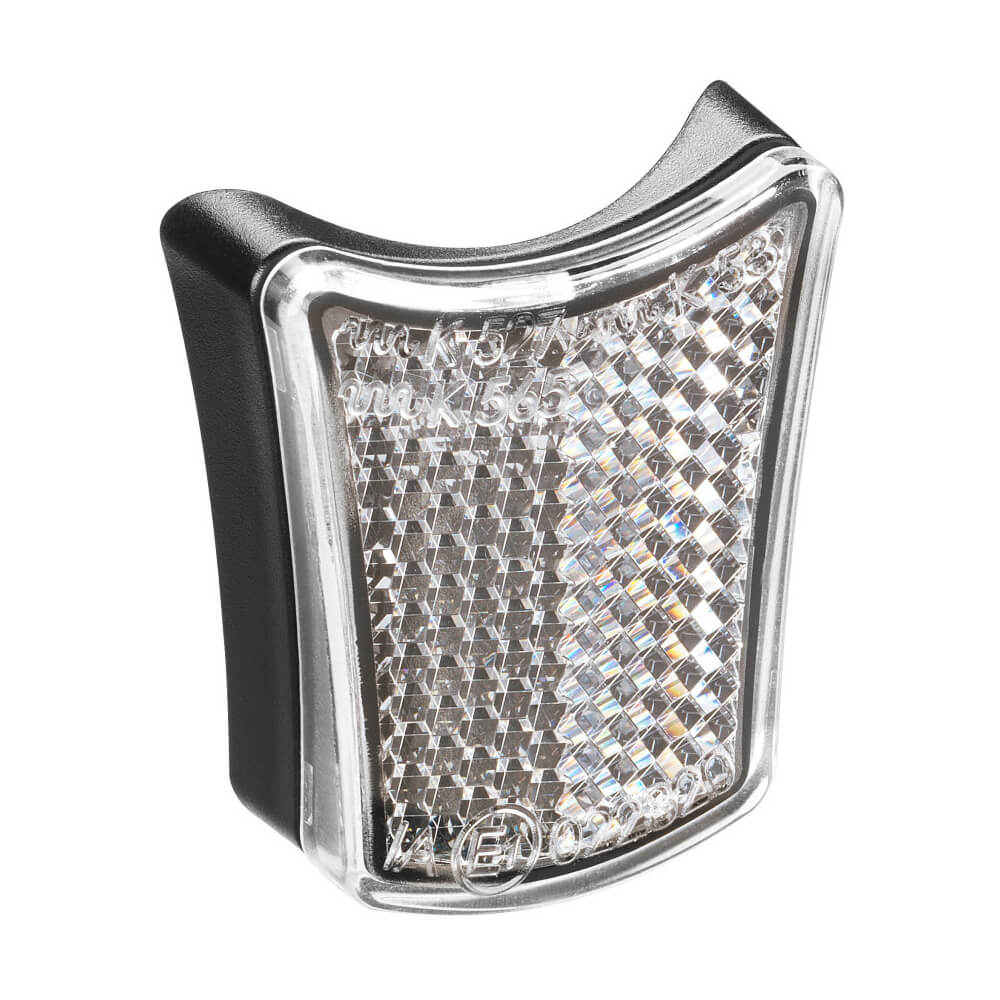
Front reflector- 313/5K
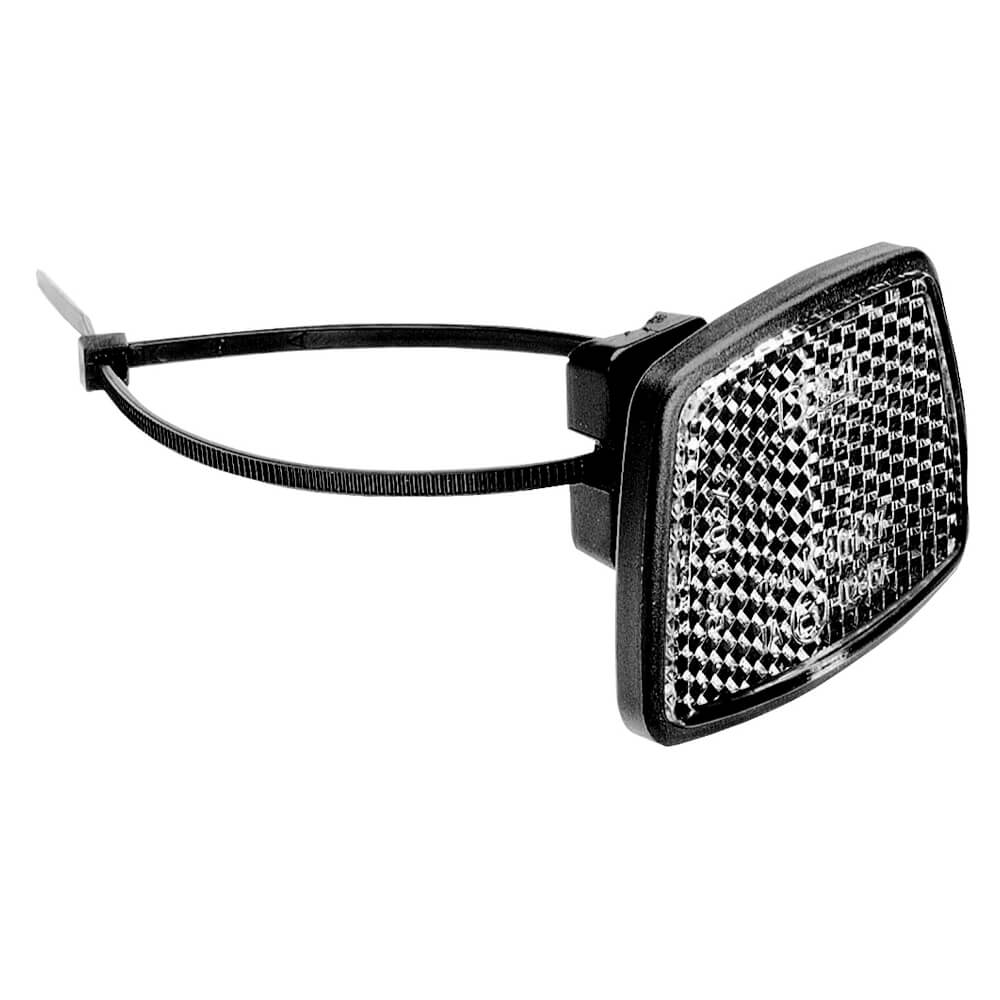
Front reflector- 313/5WB

Front reflector- 313/5WF
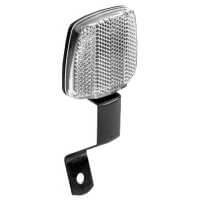
Pedestrian rear reflector

Rear reflector - 306/1GS
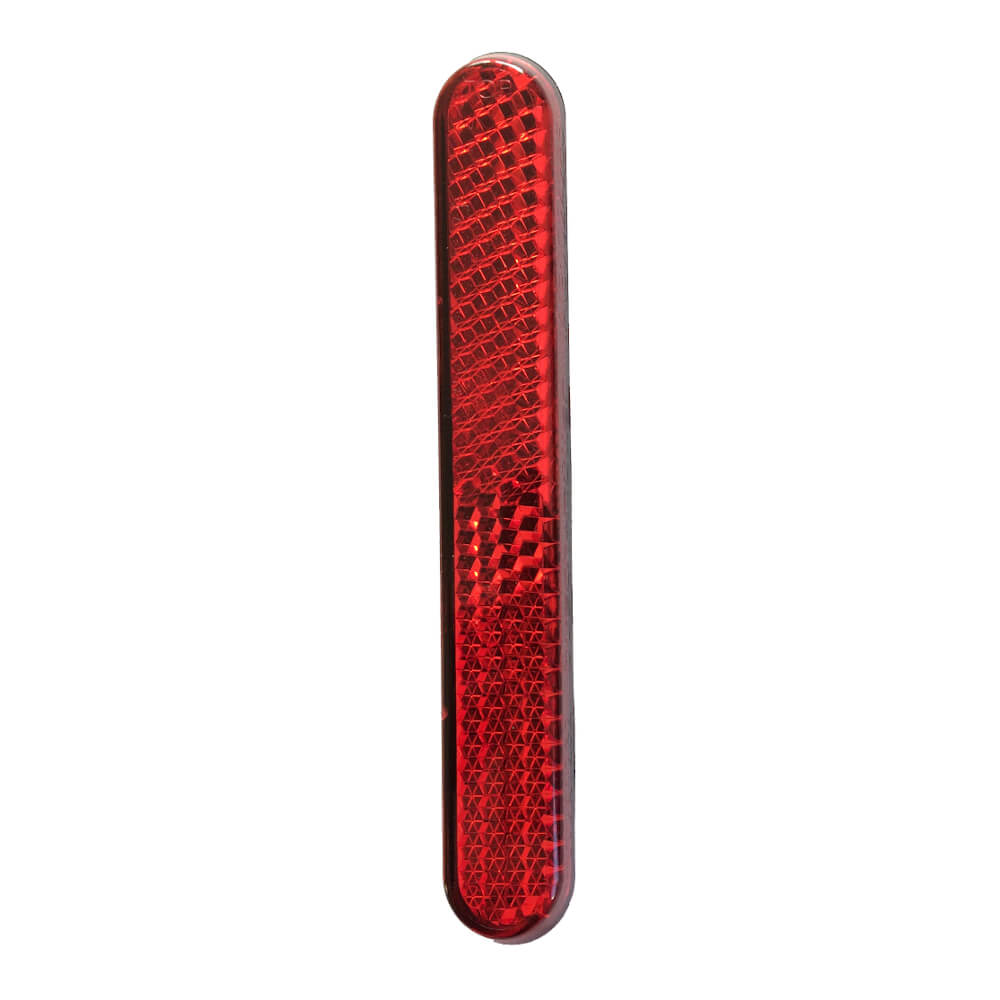
Rear reflector - 306/1KG

Rear reflector - 312H/1PB
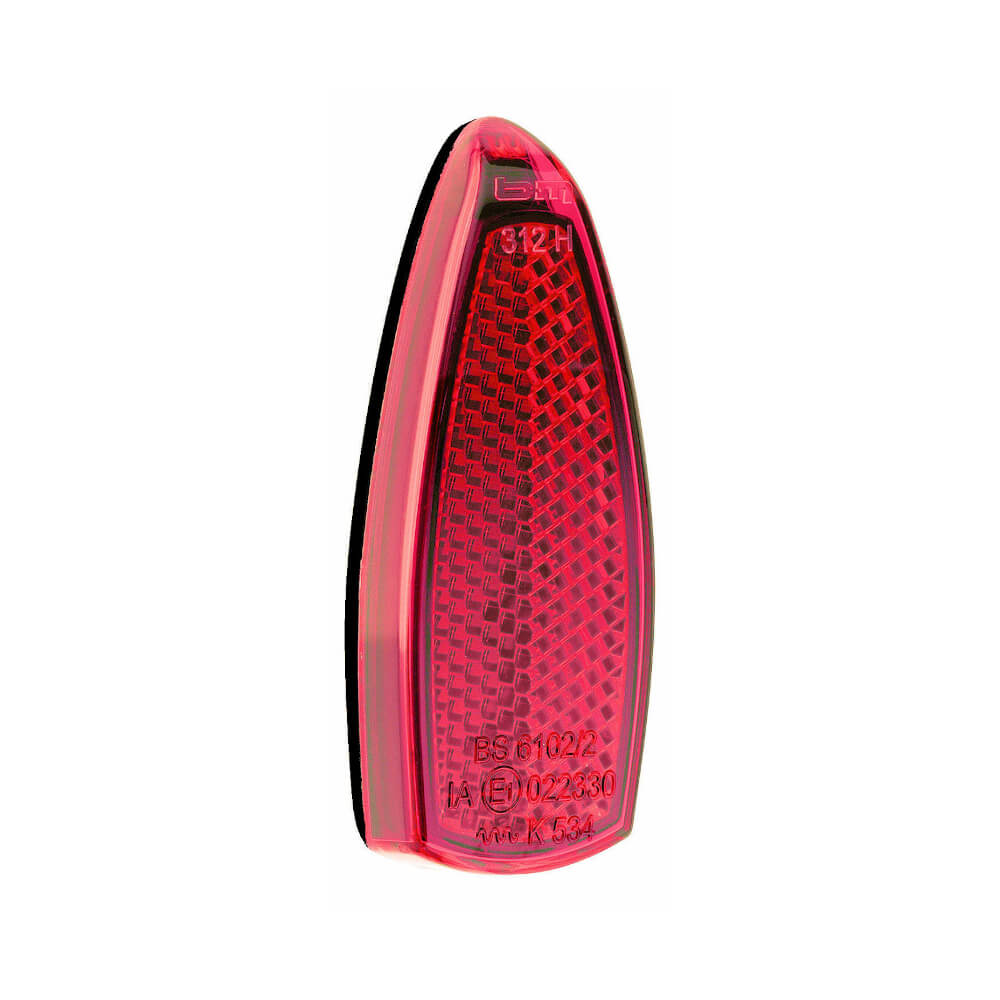
Rear reflector - 312ZB30PB

Rear reflector - 313/1

Rear reflector - 313/1K
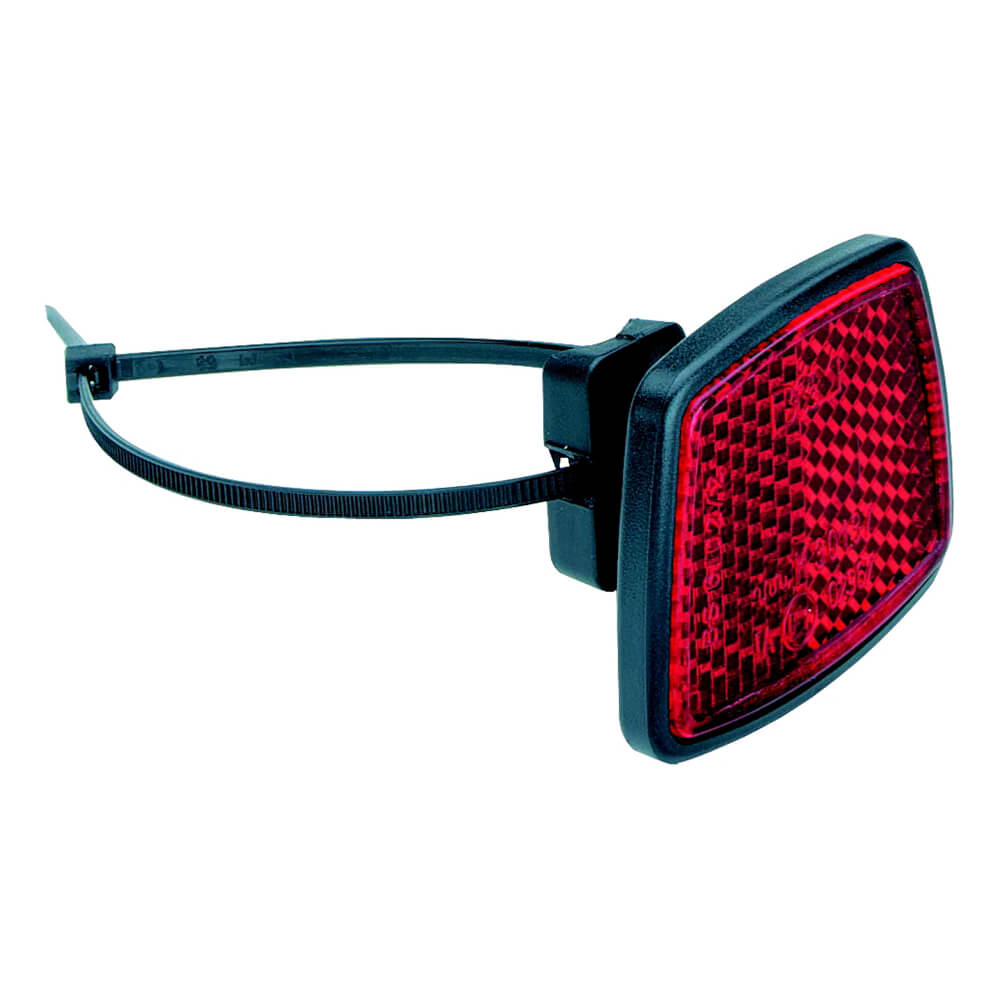
Rear reflector - 313/1U
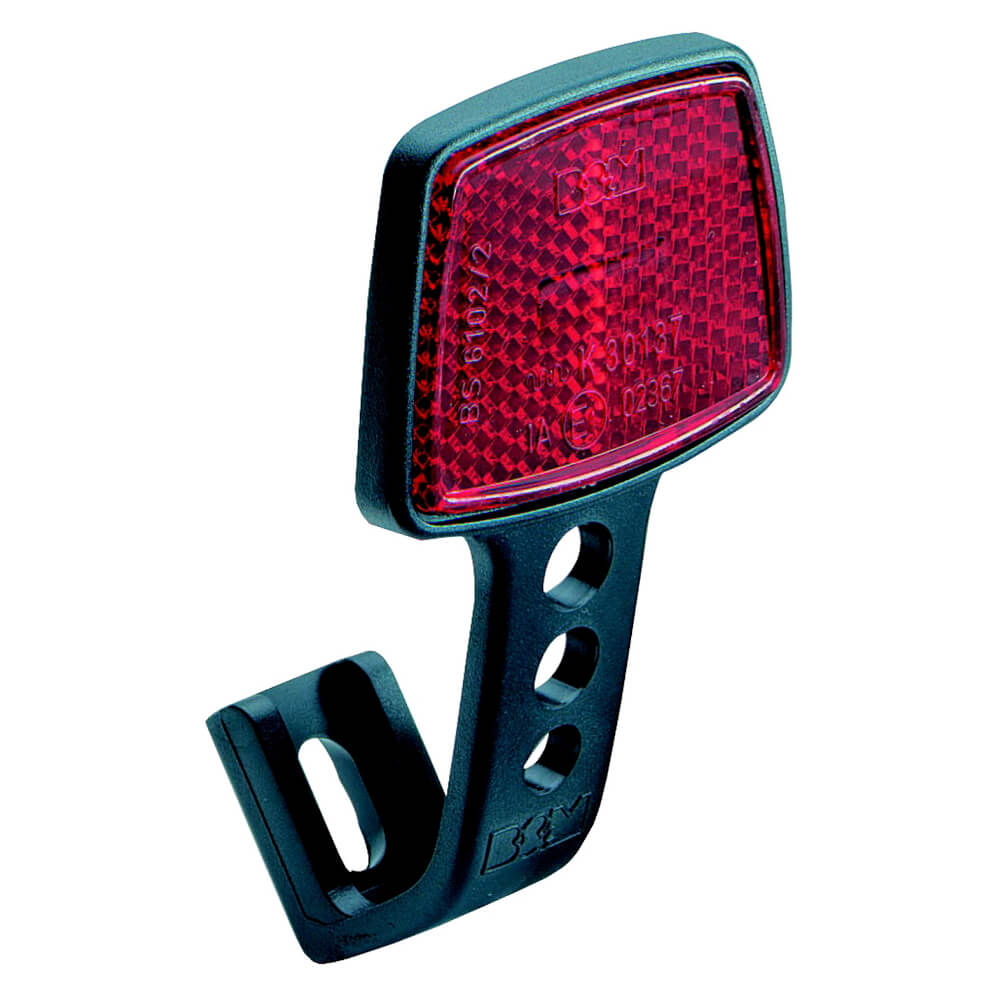
Rear reflector - 313/1ZB

Rear reflector - 313/1ZF
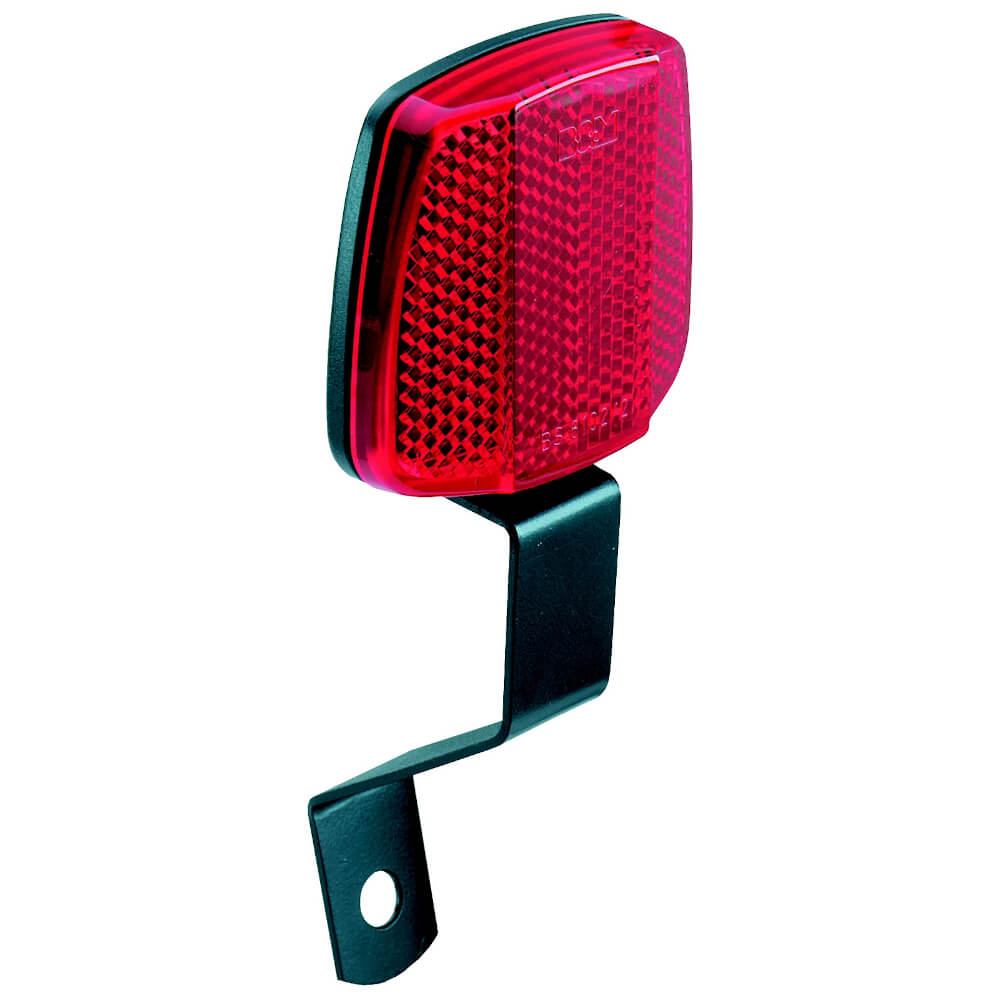
Rear reflector - 314/1
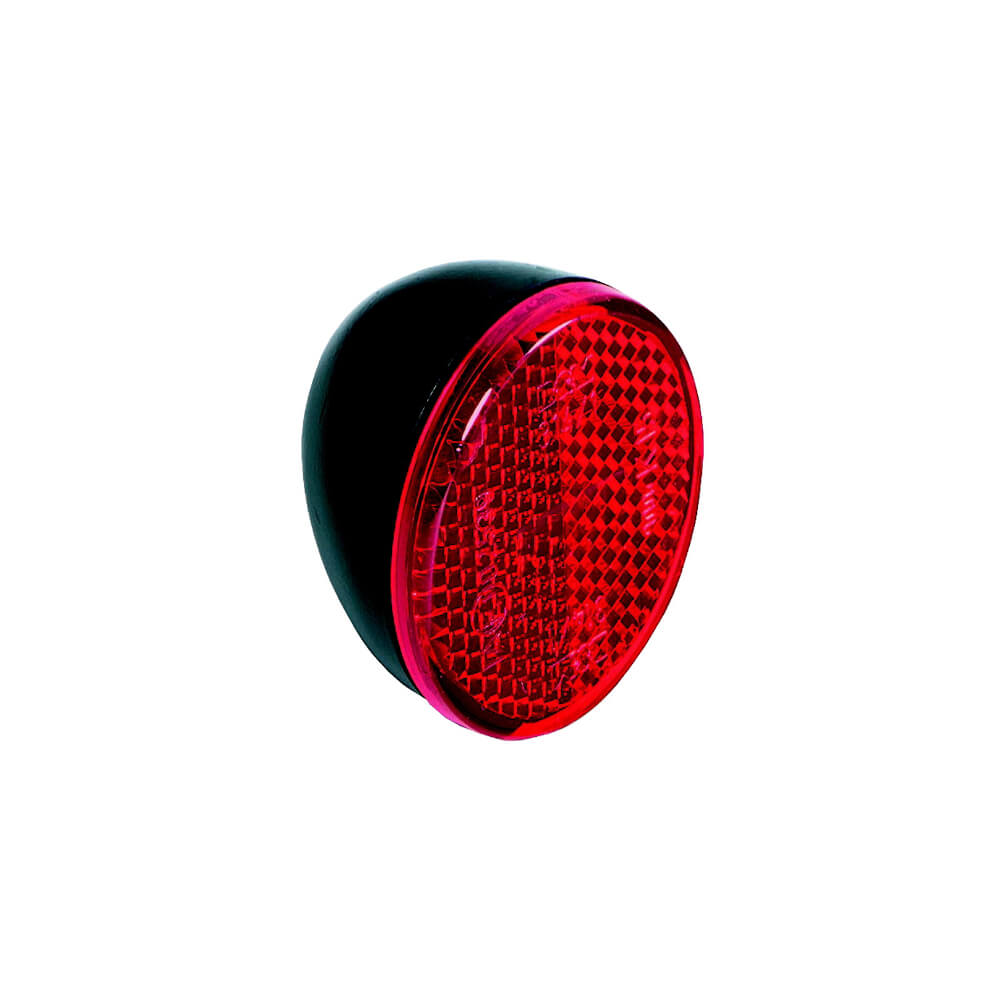
Rear reflector - 314/8-1

Rear reflector - 316
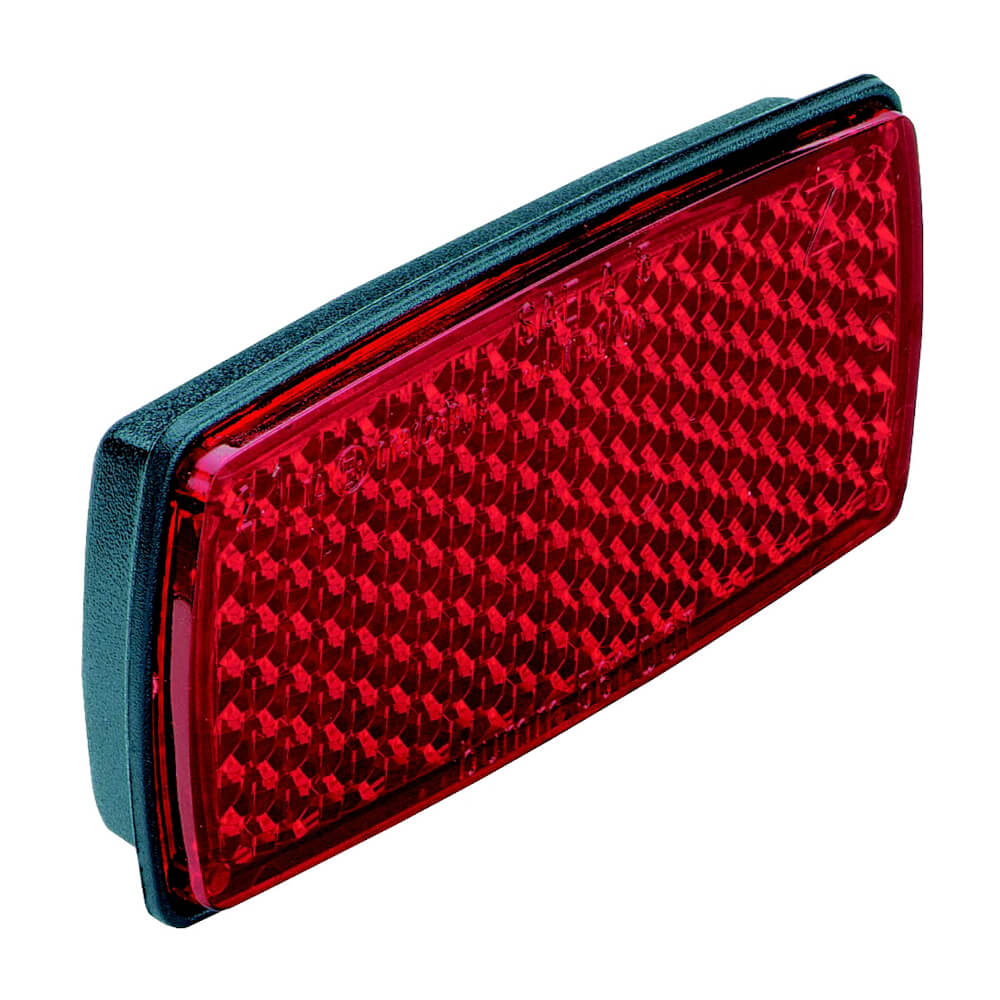
Rear reflector - 316WZ
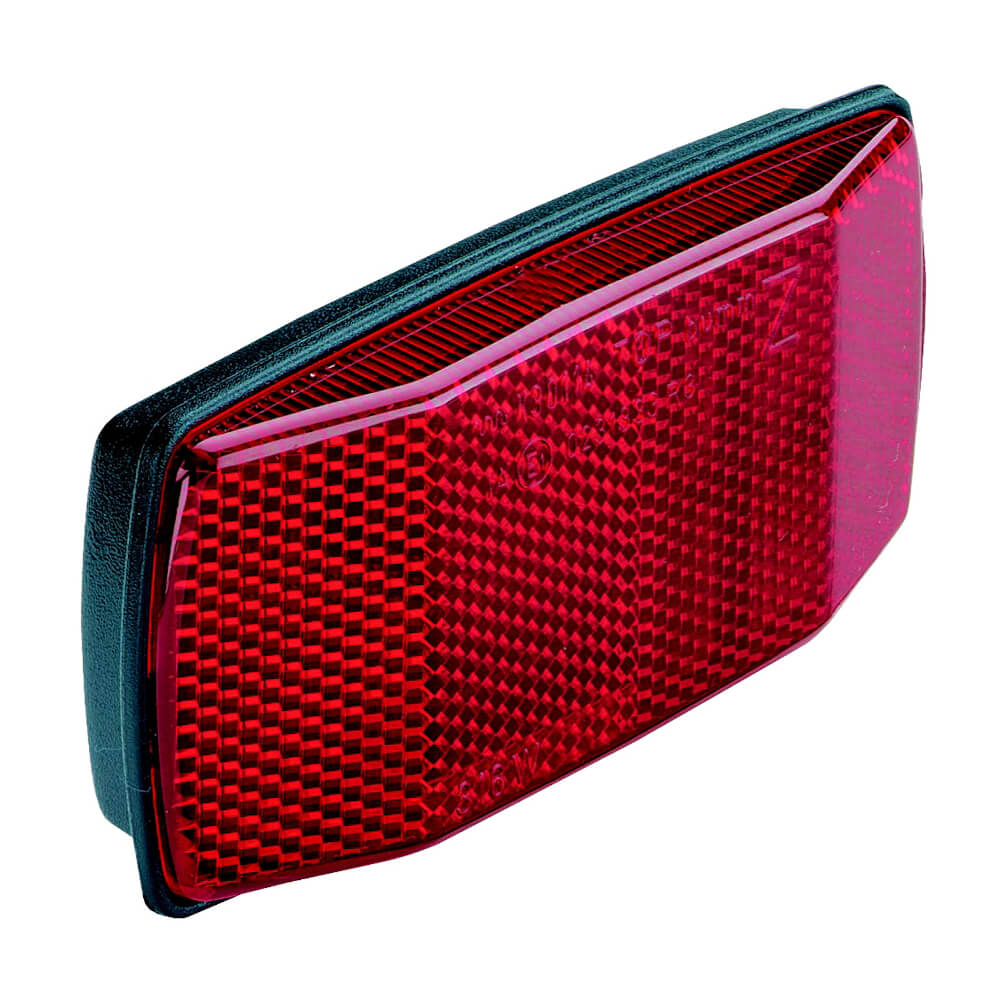
Reflectors for bikes: How to make your bike fit for the road
Modern bicycle reflectors are inconspicuous but indispensable. Without any energy source, bicycle reflectors ensure that you are seen at night and in fog from different angles, e.g. by oncoming vehicles, by reflecting the incident light.
When busch+müller was founded around 100 years ago, bicycle reflectors, the so-called cat's eyes, were the first products for bicycles. We offer a large selection of high-quality and tested reflectors for every bike and every situation. You could say that we are reflector experts - and as such, we will tell you everything there is to know about these bright companions in the following text. Find out here:
- What types of reflectors there are
- What regulations there are for bicycle reflectors according to the StVZO
- What you should look out for when buying
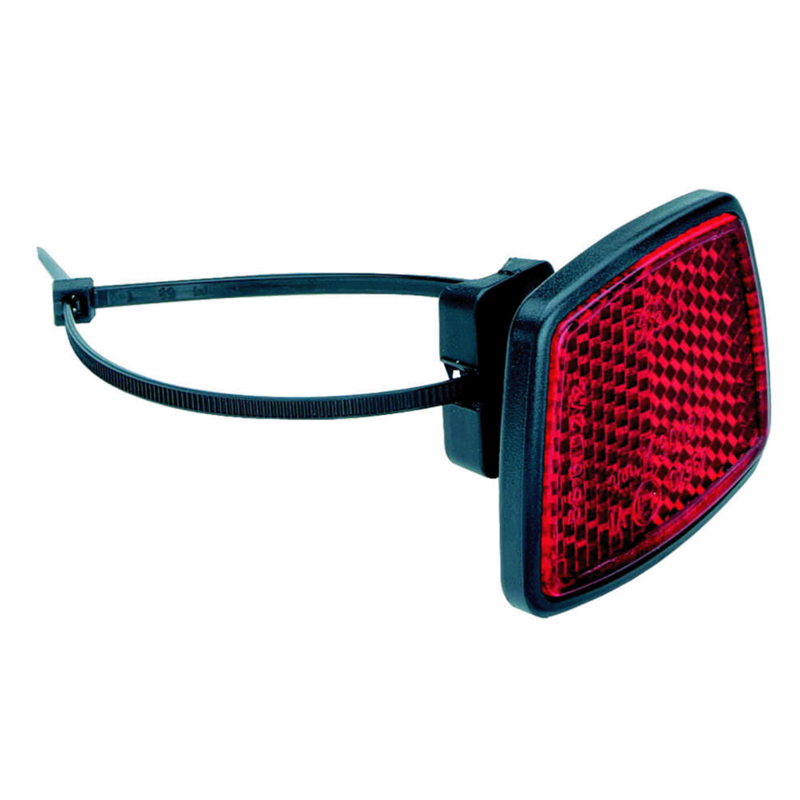
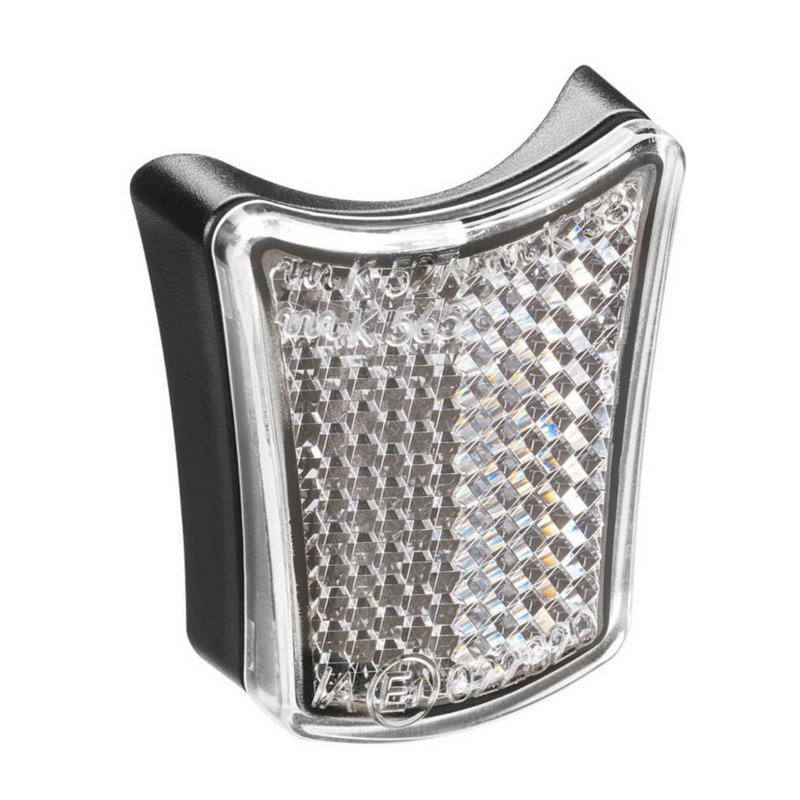

The different types of bicycle reflectors
More safety in foggy weather: Reflectors really come into their own in rain and fog. If your direct lighting barely gets through, reflectors still reflect the light of other road users, drawing their attention to you without dazzling them. Reflectors are attached to different places on your bike to maximise their effect. That's why there are different types of bicycle reflectors.
Front and rear reflectors
- Front reflectors are white and often integrated into the front headlight. They ensure that oncoming traffic can see you clearly.
- Rear reflectors are red. They complement your rear light and make you visible to following road users.
- The different colours of the reflectors make it immediately clear where they should be fitted on the bike.
Pedal reflectors
Pedal reflectors are yellow and are located at the front and rear of the pedals. As soon as you pedal, they ensure visibility of your movements.
Spoke reflectors
The yellow spoke reflectors are clipped to the spokes of your bike - two per wheel - and ensure good visibility from the side.
Reflective strips and tapes
Reflective strips on the body, e.g. reflective bands on the ankles, are a good addition to your all-round reflector equipment.
Reflectors for your bike: how to be on the road in accordance with regulations
According to the German Road Traffic Licensing Regulations (StVZO), a bicycle must have at least the following reflectors:
- A white reflector at the front
- One large red reflector (Z-reflector) at the rear
- Two yellow reflectors (front and rear) on the pedals
- Two yellow spoke reflectors per wheel. Alternatively, reflective strips in the tyres or reflective spoke sleeves in all spokes are also possible.
It is also advisable to wear additional reflective strips on your clothing and approved additional reflectors on the pannier rack or handlebars.
Very important: In Germany, only officially approved reflectors may be used. You can recognise them by the test mark issued by the Federal Motor Transport Authority, which consists of a K, a wavy line and a number.
No reflector fitted? Retrofit quickly!
Some bikes, especially mountain bikes or racing bikes, are delivered "light-free" when you buy them new - i.e. without lights and reflectors. So before your first ride, it's time to retrofit them! Otherwise you could be fined or - much worse - be invisible in traffic.